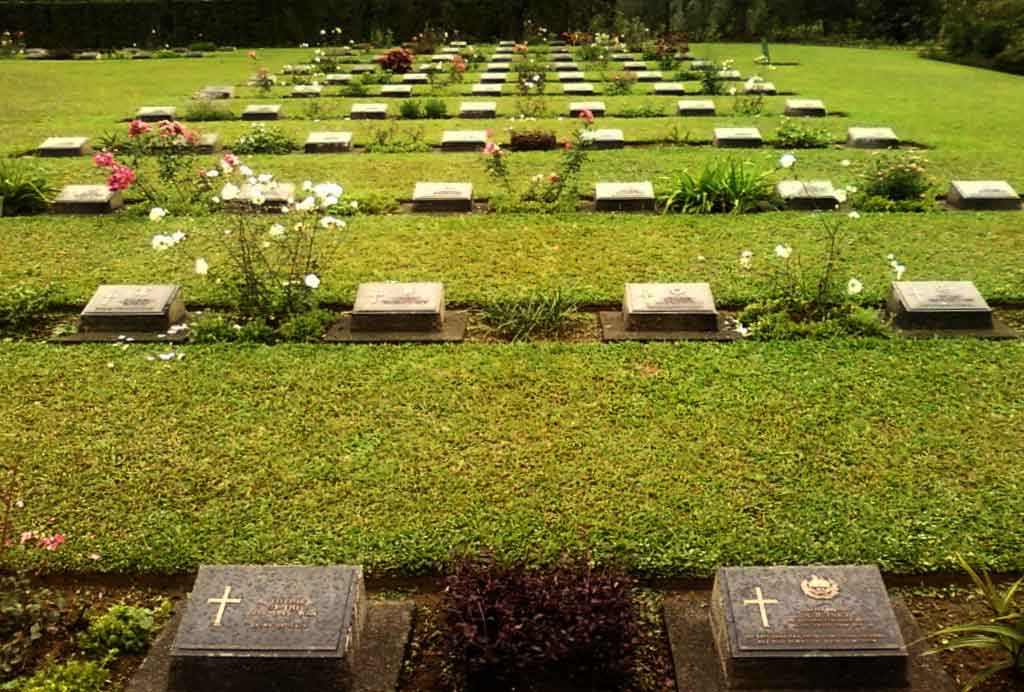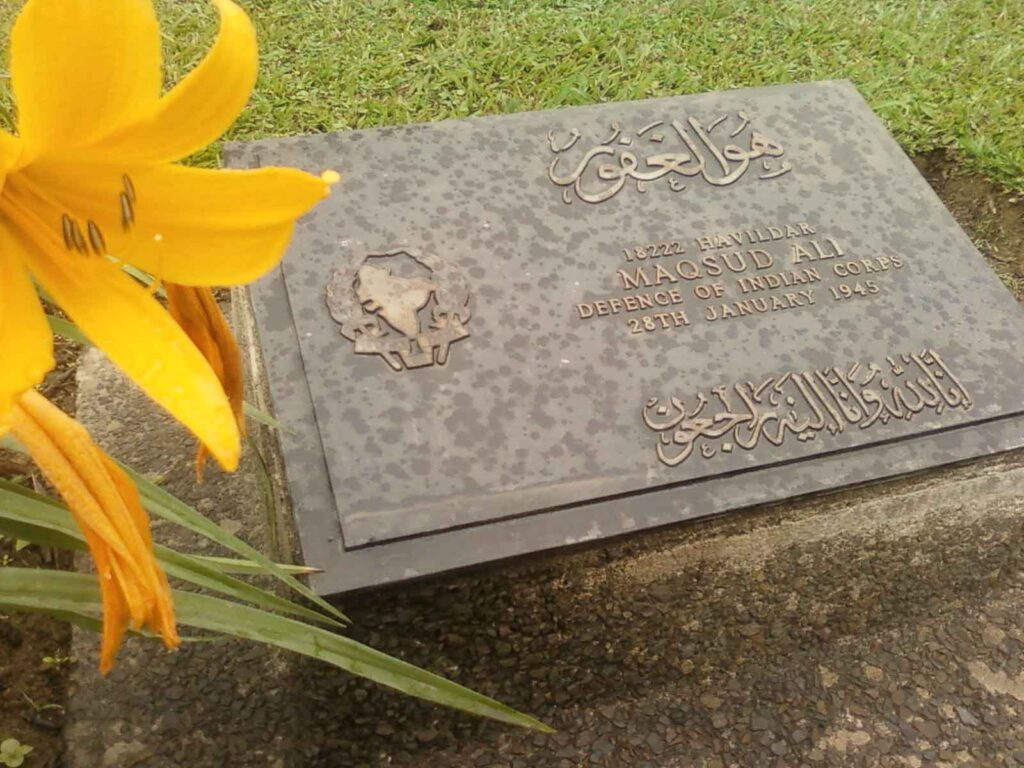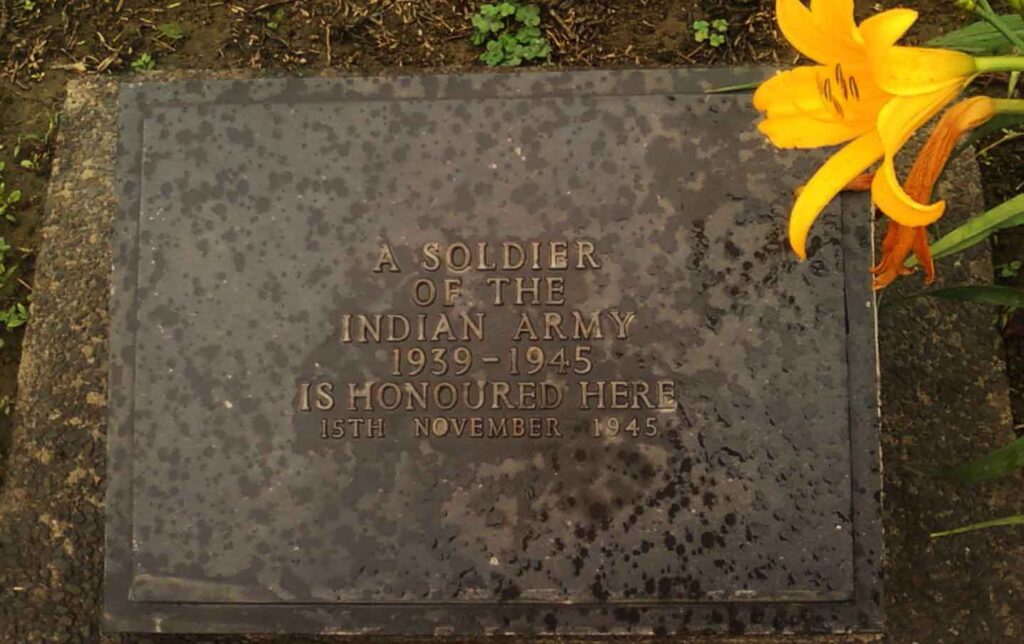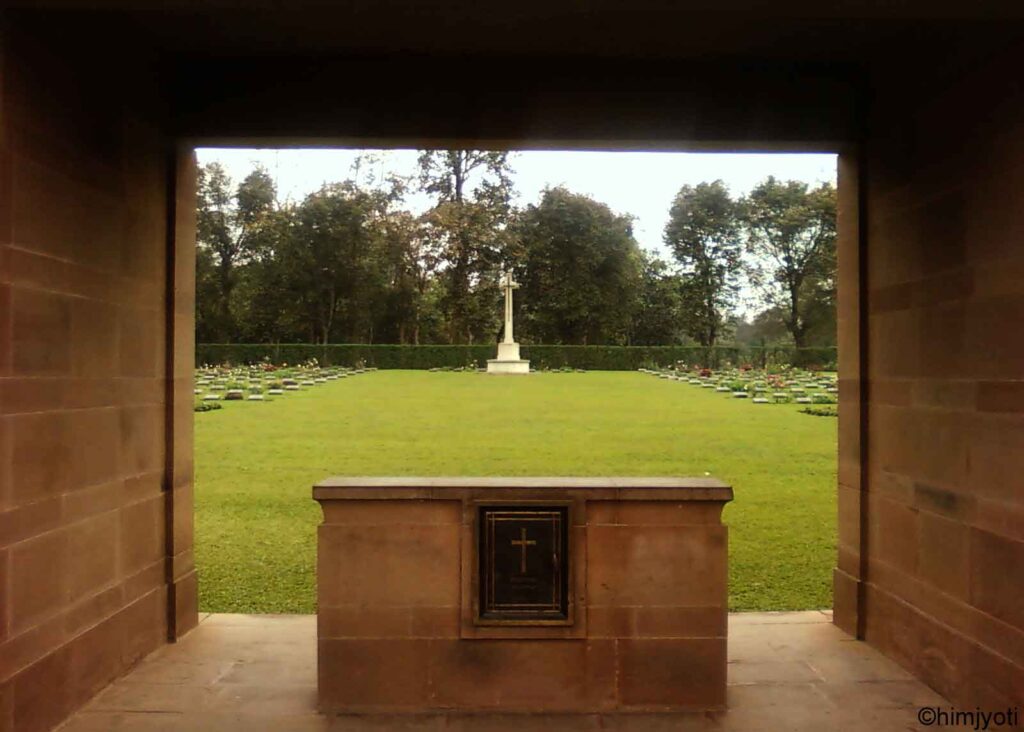
A Chronicle of the Unknown Soldier
Far from the cacophony of the big metros, in the easternmost corner of India, in the lap of the place where the floating clouds link the sky and the earth, sits the sleepy old mining town of Digboi. This is a place where each morning is a new discovery, a place where heritage, industry and culture exist in unison.
It is Small, yet rich; modern yet steeped into history, for over a century, Digboi has been a symbol of the country’s quest for self-reliance in the energy sector. Like the Alladin’s lamp, it has been churning liquid gold and fulfilling the energy needs of a growing country’s bustling economy. Digboi boasts many a wonder. The first in the list is the world’s oldest and longest-running operational refinery which also happens to be the smallest. This is followed by the country’s only Oil museum, and an 18-hole golf course, which is only one of two in the entire North East. However, amidst the hillocks covered with dense evergreen trees of Nahor and the primitive oil wells of Digboi stands pretty, another site that demands and deserves appreciation and acclaim. This is the Digboi War Cemetery. A bearer of many memories, it stands witness to the tumultuous times of the Second World War and of the numerous young Men and Women who preferred martyrdom over surrender, whose war cry inspired their countrymen to happily stand in the line of fire and fight the enemy bullets.
It was the time of the early nineteen forties when the whole world was ravaged by the Second World War. In the winter of 1941, the Japanese forces attacked Singapore, the foremost naval bastion of the Allies. By December, Singapore had fallen to Nippon. Slowly but surely, the whole of South East Asia started falling to the Axis powers. It was not long before the British and their allies lost their posts in Burma and Indo China. The gradual retreat and the advance of the victorious Japanese forces culminated in the capture of Burma’s capital Rangoon on 9th March 1942 by Japan.
The Nisshoki was now seen over most ramparts as the Japanese forces were now in touching distance of the Indian frontier. In May 1942, Shingbwiyan, a village in Burma, just 75 miles away from Digboi was captured. It was to become one of their prime war posts. Digboi was strategic, since it was the eastern most oil field in this part of the world. It was also located along the lines of communication leading upto the Ledo Road (now the Stillwell Road). The Allied powers could not resist the enemy fire and started evacuating one post after another. The Allies feared that the Japanese could come to control the oil fields of Assam and its neighbourhood. It was this realisation that led them to put on fire the famous Syrium Oil refinery, 3000 oil derricks, 7 lakh barrels of crude oil and 3000 kilometres of Bus link. By late 1942, the Japanese had come upto the Hukong Valley. Gradually, Digboi saw a huge exodus of refugees and wounded soldiers. The Assam Oil Company provided support to the Allied war efforts in many ways. Digboi had become one of the largest refugee camps in this part of the world. Moreover, a 200 bed Military Hospital was set up, that became a centre for rehabilitation for the wounded soldiers and the morgue for the dead lot.



Casualties were high on the British side till mid 1943 after which the Allies began reoccupying lost ground. In all, the Allies lost around 72000 soldiers during the difficult Burma campaign of the forties. The Military hospital at Digboi also saw heavy casualties. It was thus decided that a burial ground be set up in the vicinity of the township for the dead from the hospital. The site chosen was in the Bapapung area of Digboi, incidentally also the area where Well No 1 (The first oil well in Asia) is located.
The Cemetery was initially meant for 70 burials in all from the Digboi Central Military Hospital. However, after the Great war ended in 1945, the Army Graves Service moved to this site graves from other burial grounds too. These included Army burial grounds in Panitola, Jorhat, Margherita, Tinsukia and Ledo as because permanent maintenance in these places was not feasible. Later, one American soldier was also laid down here from the US military Cemetery at Shingvuoiyang in Burma. As of 2011, the total number of graves stands at 200, out of which 194 are of known casualties. 145 of the buried hail from the United Kingdom and 50 were from undivided India. There is one soldier put to rest from West Africa, Burma, Belgium, United States and Italy each. 197 of the 200 belonged to the Army while the remaining 3 from the Allied Air Forces.
The cemetery is located along the Digboi – Pengaree road, around 2 kilometres from the hub of the oil township. Originally, the cemetery stood on a small ridge, rising sharply from the main road. However, the great earthquake of 1950 caused extensive damage to the cemetery creating cracks and leading to subsidence. In fact, one fissure extending the whole length of the site posed a big threat to the burials. Later in 1953, heavy floods and landslides endangered the cemetery. As a remedy, the graves had to be moved to the present site on a slightly inclined spur that mitigated any chances of soil erosion. The cemetery is well maintained by the Commonwealth War Graves Commission established in 1917. The caretaker is responsible for the day to day maintenance of the site. The cemetery is garlanded by a hedge that goes round the whole ground, interlude by tall trees which render shade to the area. The opening gate is made of red sandstone and a central avenue from this leads the visitor to the tall Cross of sacrifice. The graves are laid out on the right as well as the left in mown turf and beds of roses and plumbago run alongside them. Each epitaph is marked by bronze plaques wherein one shall find the name of the dead soldier, his/her age, operational area and battalion. As one goes through the plaques, the onlooker realises the tender age at which they laid down their lives for their country, their cause and their people. Some of them were still teenagers when enemy fire got the better of them. Christians, Muslims, Jews and I. Rajayan, the lone Hindu, are put to rest here, giving the visitor the sense of camaraderie that these heroes had among them. The Cemetery register contains the details of the soldiers and is available with the caretaker. It also contains the list of visitors to the cemetery.
Being far from the commotion of the town, the site is pleasant and just the desired location for anyone trying to escape the busy city air. The concrete benches or the well cropped lawn are perfect for the visitor to sit on and enjoy a few moments of peace and solitude. Wheelchair access is available for the disabled too. Each year, the second Sunday of November witnesses the arrival of the relatives of the soldiers buried here and a remembrance ceremony follows and is conducted by the Army. Guests pay tribute to the known and the unknown soldiers who have been laid to rest here. The floral wreaths on the cross of sacrifice, the Olive green uniform of the Army officials present and the tears of the kin of the soldiers remind one and all of the great sacrifice of the martyrs. Bugles are sounded as the tune of ‘The Last Post’ resonates in the air. Tributes and remembrance follow.
The Digboi war Cemetery is undoubtedly one of the most carefully preserved war cemeteries in the world today. It is one of three World War II cemeteries in India, the others being in Kohima and Guwahati. It has survived flood, landslides and earthquakes yet managing to retain its glory. A star attraction for all travellers to this part of the globe, it surely is one of the must visit sites in the North East. A symbol of patriotism and martyrdom, this site is something that we all should be proud of.
Martyrs never die, they say. The following lines from Poet Billy Rose’s poem ‘The Unknown Soldier’ is the author’s tribute to the heroes of the War put to rest at this very location:-
“There’s a graveyard near the White House
Where the Unknown Soldier lies,
And the flowers there are sprinkled
With the tears from mother’s eyes.”
Bibliography:
- “Xoru Xoru Manuhor Xoru Xoru Kotha’- An autobiography of Digboi by: Dwijesh Chandra Deb Sarmah, Former MLA, Digboi Legislative Constituency.
- Digboi- Hundred years and beyond: A film by Ankur K Bishaya
- www.cwgc.org :- The official website of the Commonwealth War Graves Commission.
- Digboi War Cemetery Official Register Index No 8.